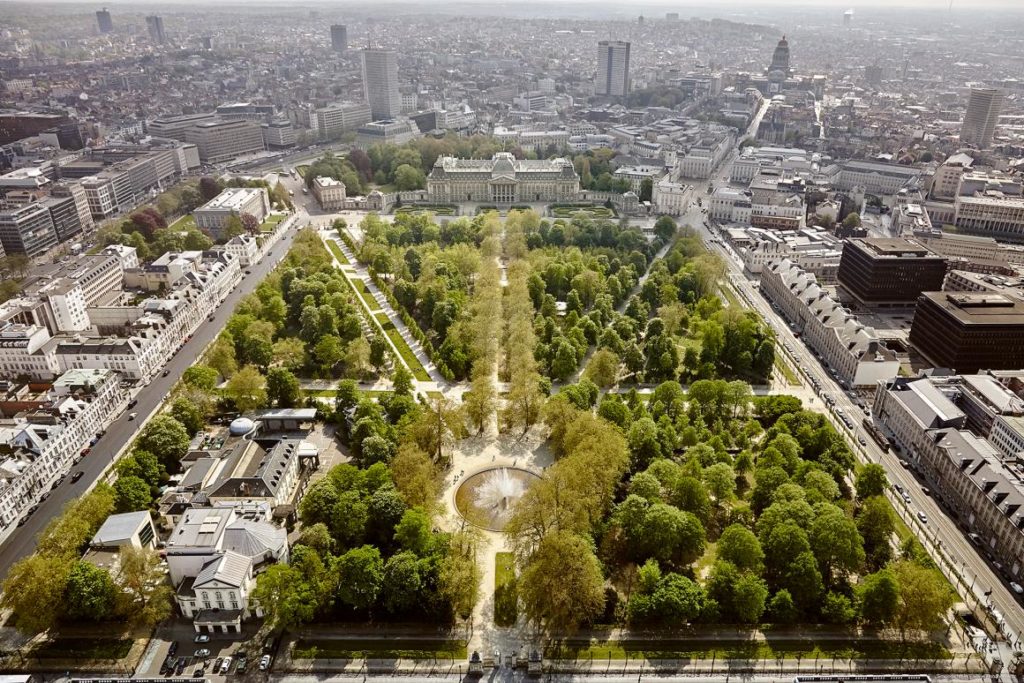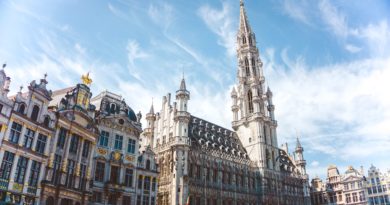Explore the history of Brussels’ parks
Thanks to its careless approach to urban planning, the “brusselisation” of a city is synonym of haphazard urban development and redevelopment. This takes its roots from the 50’s and 60’s, at the time when the Universal Expo and European quarters were built, and to do so thousands of buildings were torn down with no regard to their architectural or historical significance. Other more recent urban developments such as the charcoal Place Flagey or the treeless semi-pedestrian Matonge-Fernand Coq area make one wonder if things have changed at all since those days. It is therefore surprising that Brussels has managed to develop and maintain such great parks.
Civa Brussels has an exposition, Designed Landscapes, that proposes a new perspective on Brussels’ parks and public gardens through their history. Public parks were indeed invented and actively developed from the 18th century: before that green spaces were often reserved to the aristocracy. The beginning of Brussels’ parks points to a rather French influence, with geometric designs, sculptured trees and neat gravel paths: think of the Parc Royal (1775) or the Jardin Botanique (1826-1829). But from the middle of the 19th century a wilder, more natural park landscape was sought: this marks a growing influence of English gardens, visible in parks such as Duden or the Bois de la Cambre.

It was Leopold II that was behind the creation of many parks in Brussels, including the Bois de la Cambre, which he connected to the city through a large avenue populated with large trees: Avenue Louise. More and more parks are created: Woluwe, Laeken, Forest, Josaphat. New tree varieties were planted in the parks to charm visitors, and natural spaces such as the Ixelles and Melaerts ponds were landscaped. A Belgian “excentricity” consisted in building fake mountain features or bridges, cascades and hills, but these were built in Portland cement. The exhibition shows examples: the cave of the Ixelles ponds with its Greek temple, the waterfall of Marie-Louise Square, some elements of the Josaphat Park. Big works continued until the end of the 19th century with the construction of the Parc du Cinquantenaire and its museum. You will also notice that many parks are decorated with outstanding sculptures, making them truly open-air museums.
The 20th century saw a utilitarian urbanism taking over, with room for cars and high-rise building being privileged, but today things are changing. Green spaces are again seeing the day thanks to modern pioneers that are building spaces big and small that respond to the now audible demands of citizens and public powers who want to win their votes.
You can visit Designed Landscapes at Civa, 55 rue de l’Ermitage, Ixelles, until the 31st of March.



